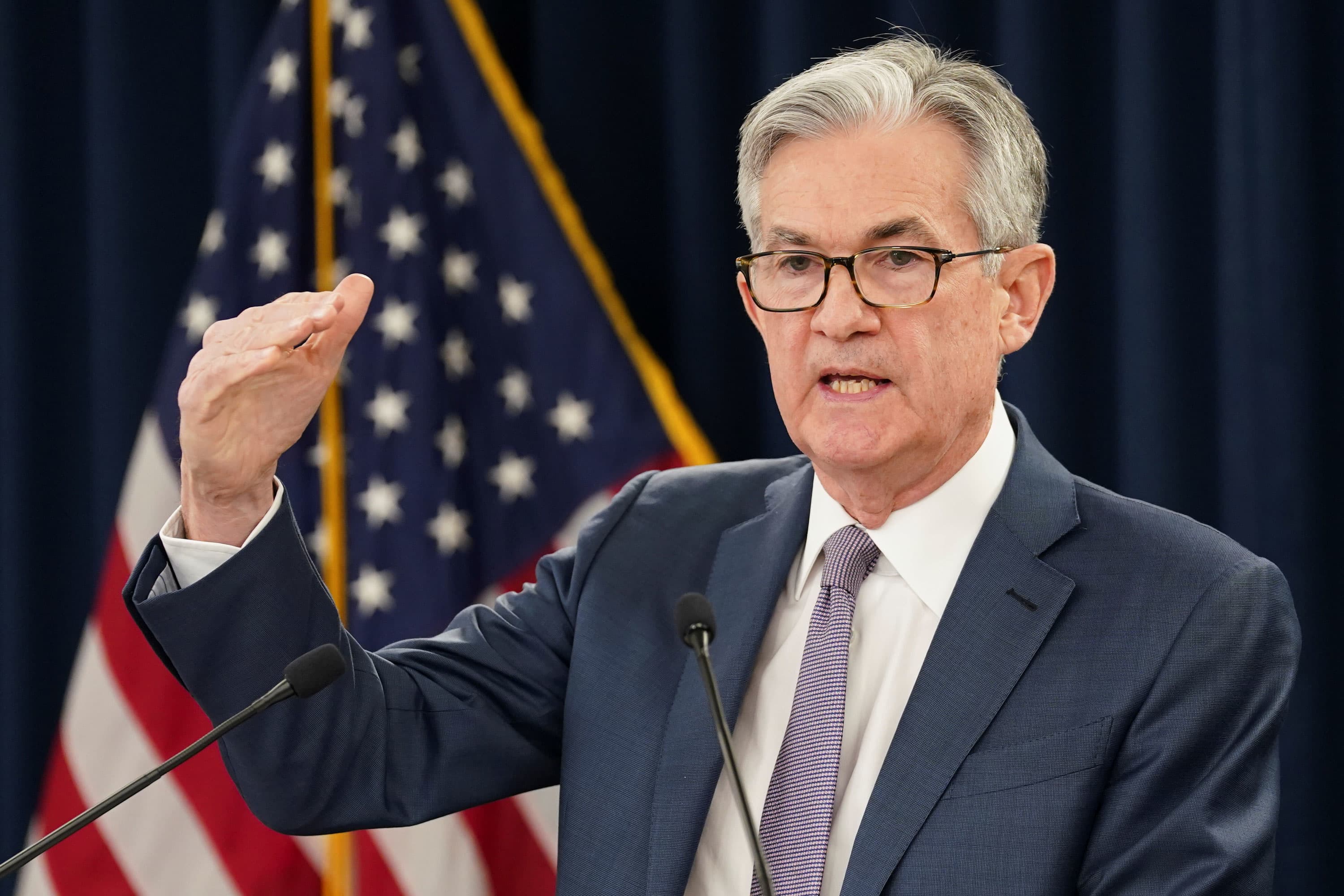The Federal Open Market Committee expressed concern at their last meeting over the future of the economy, saying that the coronavirus likely would continue to stunt growth and potentially pose dangers to the financial system.
At the July 28-29 session, the Federal Reserve’s policymaking arm voted to keep short-term interest rates anchored near zero, citing an economy that was falling short of its pre-pandemic levels.
Officials at the meeting “agreed that the ongoing public health crisis would weigh heavily on economic activity, employment, and inflation in the near term and was posing considerable risks to the economic outlook over the medium term,” the meeting summary stated.
Comments further indicated that while members are in favor of adding clarity to their expectations for when they will hike rates again, they appeared to reject the likelihood of using bond purchases to control yields on government bonds.
Stocks gave up some gains after the minutes release while yields edged lower and the U.S. dollar rose.
Because of how much impact the virus will have on the economy, FOMC members asid they expect to hold the current overnight borrowing rate to a range of 0%-0.25% until they’re “confident that the economy had weathered recent events and was on track to achieve the Committee’s maximum employment and price stability goals.”
U.S. gross domestic product tumbled at a rate of 32.9% in the second quarter as the pandemic shut down most nonessential activities. A return to growth is expected in the third quarter, though a resurgence in the virus is casting some doubt on how aggressive the bouneback might be.
Along with concerns about general growth, members said they worried about risks to the financial system.
Though Chairman Jerome Powell and other Fed officials repeatedly have said banks and related institutions are in generally strong shape, committee members at the meeting said they worried whether that might change if the virus spread persists and “more adverse” scenarios about the future take hold.
Officials also expressed concern about burgeoning levels of public debt.
The federal government is now $26.6 trillion in debt, a gain of more than $3 trillion during the pandemic as Congress and the White House rushed to get aid to those impacted by the economic shutdown. That has coincided with a rush to market of Treasurys and is raising concerns that the high level of issuance “could have implications for market functioning.”
In addition to looking for the reasons behind the policy decisions investors were focused on any clues about enhanced “forward guidance,” or the parameters for future rate action, and the possibility of using bond purchases to control government bond yields.
On the issue of yield caps, officials continued to voice skepticism about its usefulness.
“Of those participants who discussed this option, most judged that yield caps and targets would likely provide only modest benefits in the current environment, as the Committee’s forward guidance regarding the path of the federal funds rate already appeared highly credible and longer-term interest rates were already low,” the minutes said.
Forward guidance, though, could be upgraded at some point.
Members indicated that “providing greater clarity regarding the likely path of the target range for the federal funds rate would be appropriate at some point.”
This is breaking news. Check back here for updates.
